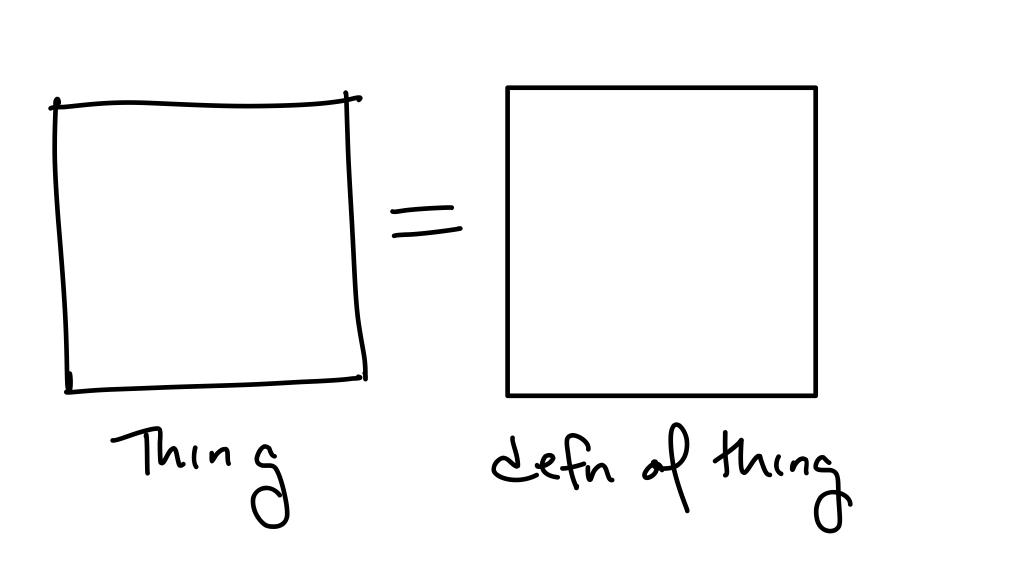1/ What is the passive leg raise test and how do you properly perform it?
Spoiler...physically lifting and holding the patient's leg might not be ideal.
#Tweetorial #meded
Contrary to popular opinion, fluid responsiveness is defined as an increase in stroke volume with a fluid challenge and not an increase in blood pressure.
What is the ideal starting position of the patient prior to passive leg raise testing?
Techniques to measure cardiac output must be able to detect short-term and transient changes.
This may require more complex or invasive monitoring. Some measurement strategies from the meta-analysis include esophageal Doppler, TTE, PiCCO, and Vigileo.
Cardiac output should be measured not only before and during PLR but also after to check that it has returned to baseline.
This rule seems to be less evidence-based and more “stands to reason”.
Precautions must be taken to minimize pain, cough, discomfort, or awakening.
A significant increase in heart rate might suggest adrenergic stimulation and confound the results of the PLR.
📌 Baseline position semi-recumbent (45°)
📌 Directly measure cardiac output (or surrogate)
📌 Expect results to be short-term and transient
📌 Measure before and during but also after
📌 Minimize adrenergic stimulation
Thanks again to Dr. Xavier Monnet and Dr. Jean-Louis Teboul.





















